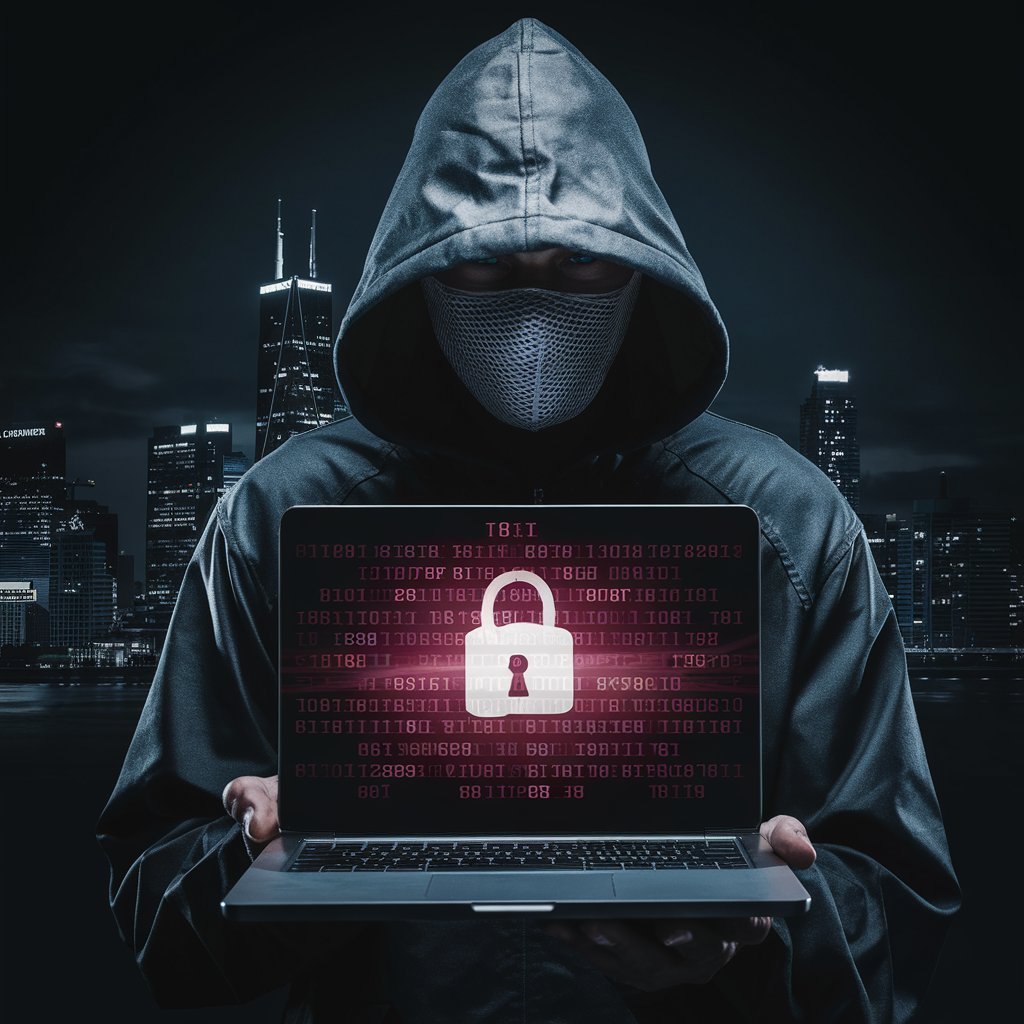In the ever-evolving landscape of cybersecurity, one threat has grown more menacing and pervasive than most—ransomware. It’s a word that sends chills down the spine of businesses and individuals alike, as the damage it can inflict is both costly and far-reaching. Ransomware has evolved from a nuisance to a sophisticated criminal enterprise, targeting everything from small businesses to multinational corporations, healthcare systems, and even critical infrastructure. Understanding this silent threat is crucial in today’s digital age, where the stakes have never been higher.
What is ransomware? A Digital Hijacker
At its core, ransomware is malicious software designed to block access to a computer system or data, typically encrypting files until a ransom is paid. The attacker demands payment, usually in cryptocurrency, for the decryption key. But even if the ransom is paid, there’s no guarantee that access will be restored, leaving victims in a precarious position.
For businesses, a ransomware attack can be devastating, crippling operations, eroding customer trust, and leading to significant financial losses. For individuals, it can mean losing priceless personal data, from family photos to important documents. The emotional and psychological toll of such an attack cannot be overstated, as victims are often left feeling violated and powerless.
The Rise of Ransomware: Why Now?
Ransomware isn’t a new phenomenon, but its prevalence and sophistication have surged in recent years. The reasons for this are multifaceted. The increasing digitization of our lives, combined with the rise of remote work, has expanded the attack surface, giving cybercriminals more opportunities to exploit vulnerabilities. In the meantime, attackers find it simpler to demand and receive money without being discovered thanks to the anonymity that cryptocurrencies provide.
The impact on businesses is particularly concerning. A successful ransomware attack has the potential to shut down operations, destroy important data, and result in large fines for violating data protection laws. Businesses may never fully recover from the harm an attack causes to their finances and reputation.
Ransomware’s Evolving Tactics: No One is Safe
What makes ransomware especially dangerous is its ability to adapt. Cybercriminals constantly refine their tactics to bypass security measures, making it increasingly difficult to defend against these attacks. Some of the most common ransomware delivery methods include phishing emails, malicious attachments, and exploiting vulnerabilities in software and networks.
The rise of ransomware-as-a-service (RaaS) has further escalated the threat. This model allows even low-skilled cybercriminals to launch sophisticated attacks, as they can purchase or rent ransomware tools from more experienced hackers. This democratization of cybercrime means that no organization, regardless of size or industry, is immune to the threat.
The Human Cost: More Than Just Data at Risk
Beyond the financial implications, ransomware has a profound human impact. Imagine being a hospital administrator whose systems are suddenly locked, preventing access to critical patient information. Or a small business owner who is unable to process orders, pay employees, or communicate with customers. The stress, fear, and uncertainty that follow a ransomware attack can be overwhelming, leaving victims to deal with the aftermath long after the ransom is paid—or not paid.
For businesses, the loss of customer trust can be particularly damaging. In today’s interconnected world, news of a ransomware attack can spread quickly, leading to the loss of clients and partners who fear their data may also be compromised. Rebuilding that trust is a long and arduous process, one that can take years.
Defending Against Ransomware: Prevention is Key
The best defense against ransomware is a proactive one. Businesses and individuals alike must adopt a multi-layered approach to cybersecurity, combining robust technical defenses with employee education and awareness. Regularly updating software, implementing strong access controls, and backing up data are all critical steps in mitigating the risk of a ransomware attack.
Employee training is equally important, as many ransomware attacks begin with a simple phishing email. Teaching staff to recognize and report suspicious activity can be the difference between a thwarted attack and a catastrophic breach.
Final Thoughts: A Collective Responsibility
Ransomware is a clear and present danger in our digital world, and the responsibility to combat it lies with all of us. Businesses must invest in robust cybersecurity measures, while individuals need to be vigilant and informed about the risks. Governments and law enforcement agencies also play a crucial role in tracking down and prosecuting cybercriminals, as well as raising public awareness about this growing threat.
Ultimately, safeguarding data is not the only goal of the ransomware war. It has to do with preserving the confidence, safety, and general welfare of society. By working together, we can turn the tide against this insidious threat and build a more secure digital future.





